In the paranormal scene there is a well-known and controversial topic: Is the earth hollow inside? And if so, are there even life / civilizations there?
Category: Places
Protocol: CRV (with monitor via Skype)
Coordinates: 5568 2985 4984 7906
Number of viewers: 1
Number of sessions: 1
Date: 2013-04-14
Time: 9:09 p.m. – 9:57 p.m.
Duration: 48 minutes
Pages: 15
We wanted to know more about it, and went on an extrasensory short trip across the interior of the earth. What did we expect there? A huge cavity, with continents on the inside of the earth’s shell and the central sun in the middle? Or a dense environment with markedly high temperatures (as in the official theory)?
Since this topic may be contaminated with some collective assumptions, I chose the Target cue as neutral as possible:
Target Cue-Translation: “Describe the enviroment below your feet, beginning with 10km depth! (O1 = 100km, O2 = 2000km, O3 = 5000km, O4 = 6250km)”
The journey should begin for the viewer “10 km under his feet”, and then lead through instructions to move to coded locations (O1, O2, O3, O4) through different depths of the earth’s interior. The lowest point (O4) corresponds roughly to the area of the theoretical core of the earth (at approx. 12800 km diameter of the earth).
10km underground
The first three stages showed unspectacular data, with some suggesting a rocky environment. A kind of fluid vein was also perceived with the AUL “water”. It was interesting that the viewer had the impression of an artificial intervention in stage 4. He found this intervention inappropriate, banal and arrogant. In a further analysis from stage 6 on , impressions such as “align”, “make flat”, “aesthetics”, “luxury” and “bring into shape” were added. Could he have come across the remains of a mine tunnel somewhere between the surface and 10km depth? Whereby something would probably have to be higher than 10km, since that would be excessively deep.
At a depth of 100km
Now it was time to go into the more interesting depths, starting with 100km. There the viewer described the surface impressions as “clunky”, “unstable”, “rough” and “wet”. The colors were “red-brown”, “gray”, “pale green” and “silver” (similar to before at a depth of 10 km). The temperatures seemed to be getting warmer here, and the dimensions were perceived as “geometric” and like “falling terrain”. The AIs were “I don’t like it” and “reminds me of an abandoned industrial site”.
Jump to 2000km depth
We still had a long (or deep) way to go, so we went straight to the next depth. This time we made a big jump to 2000km depth. After the ideogram, the viewer immediately got the impressions “warm” and “thick air”, even before anything was even categorically queried. Smooth and rounded impressions then dominated the surfaces. The dominant color impression was a lot of brown, but there were also traces of blue hues. The temperatures were now felt separately as “muggy”, “warm” and “like thick air”. The viewer could only describe the dimensional impressions as “cramped”.
5000km inside the Earth
The next jump was 5000km deep, more than twice as deep as the previous one, and closer to the center of the earth than to the surface. Interestingly, the first impression the viewer got here was “fresh” and “smooth”. The surfaces were then “smooth”, “slippery”, “hard”, “immobile” and “firm”. The colors were “foggy”, “milklike tone”, “blue-gray light” and were generally perceived as “cold light colors”. The viewer perceived the temperatures as “fresh” and “clear, but expansive”. As an AI he still felt a sense of freedom. This layer still seemed to be dense or opaque, but apparently not as uncomfortable as the previous layers. The surroundings seemed to shine by themselves in their brightness, which could indicate energized, continuous fluid (magma?). It is interestingthat the colors were perceived as bluish-white.
Near the center at a depth of 6250km
The end of the line was now at a depth of 6250km, which, according to the official assumption, should already be within the Earth’s core. There were surface impressions such as “dry-slimy” and the colors “gray”, “yellow-pale” and “brown-pale”. The temperatures were perceived as “warm” and “cold” with extreme differences. The dimensional impression was “round” and “large”. As AOL/S, the viewer compared the environment with a multi-layered shoe sole. The overall impression was “exotic”. In addition, there were intangibles of the processes there: “sucking in”, “turning over” and “negative pressure”. Apparently the viewer got the physical processes in the target area. For the viewer it was like a constant exchange of extremely different components, which he also sketched on the occasion:
Temperature measurement
On the next page I had spontaneous measurements carried out on the temperatures of the visited locations. The scale began at -270°C (almost the absolute, physical zero point) and went up to 10,000°C. The results of the measurement were shown as follows:
The temperatures seem to rise gradually the lower you go. An interesting exception was the core area at 6250km depth, where they again appeared to be a little lower than at 5000km depth. With such extreme temperature ranges and large dimension scales, inaccuracies are a well-known phenomenon. But still it is interesting how close the impressions come to the official temperature assumptions for the different zones of the earth’s interior. Using the measurement, you can roughly say:
100km depth = approx. 1000°C
2000km depth = approx. 2500°C
5000km depth = approx. 7000°C
6250km depth = approx. 4500°C
Because of the inaccuracies mentioned, it is not possible to say exactly whether it is really significantly cooler in the core than in the “briefly” area above. However, it again fits the perceptions of the viewer that extremely warm and cold temperatures occur there in an exchange process. If we again assume the official structure of the earth’s interior, the temperature ranges come together well overall. That it usually gets warmer the deeper you go, indications from boreholes over 10km deep, at which the temperatures already went in the direction of 190°C, suggest. A variant of the hollow earth theory assumes that there is actually a layer of hot magma between the earth’s crust and the hollow inner world, but that underneath (after more than 1000km) there should be more or less “free sky”.Here, however, we only got dense and opaque impressions from the viewer, and temperatures hostile to life, if the dimensioning scales can be trusted in this case.
Finally, I let the viewer draw the structures in their entirety at a depth of 6250km, which then turned out to be:
The impressions “sultry” and “very hot” came spontaneously. Then “too much info” (apparently too large a target area?), And “known” but “new” at the same time, which the viewer found implausible for itself. Structurally, he still had the impression that it was “rocky” and “onion-like” (built up in layers like an onion). An indication of the assumption that the Earth has a solid, compressed core. At the end there was still the strong impression “makes a headache”, which according to the viewer was definitely due to the conditions in the target area. We already know similar AI phenomena from strong, bi-local impressions from target areas with high ambient pressure (e.g. deep sea).
Summary: The data go in the direction of the official theories about the structure of the Earth’s interior. Even if there were a few surprises, they contradict the hollow world-view of a life-friendly environment and a central sun. This is especially true for the rather hostile to life-temperature ranges and pressures, which the viewer also found uncomfortable. A long time ago I had a newcomer see the inside of the earth, but only at a depth of 5000km. He found it mainly tight and overwhelming. But we did not go into more detail at the time.
But does that mean the rejection of underground life or even civilizations? Not necessarily, because one could well imagine large cavities in the earth’s crust that house entire cities. But that would probably not be very low (5-10km), as the temperatures rise quite quickly. And from a technological point of view, you would have to have a lot to do with it to keep such a civilization alive down there. But these are targets for other sessions, and it should be much more difficult to formulate neutral taskings (unless you might have a geographical reference point or approximate coordinates).

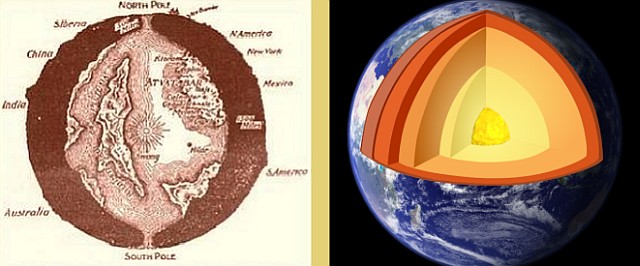
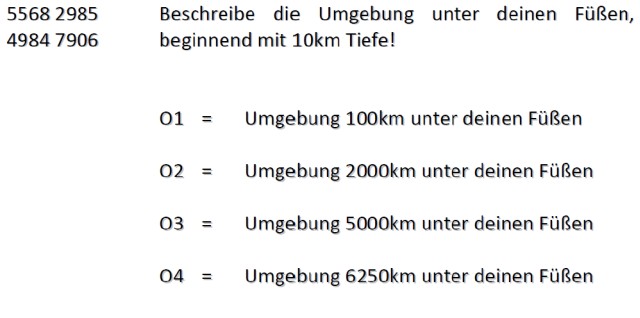
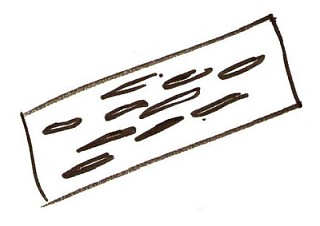
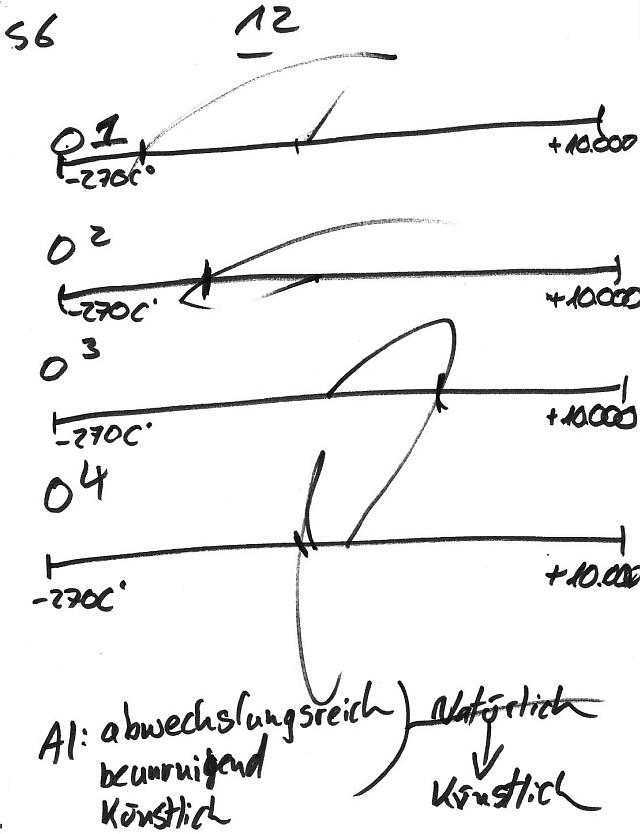
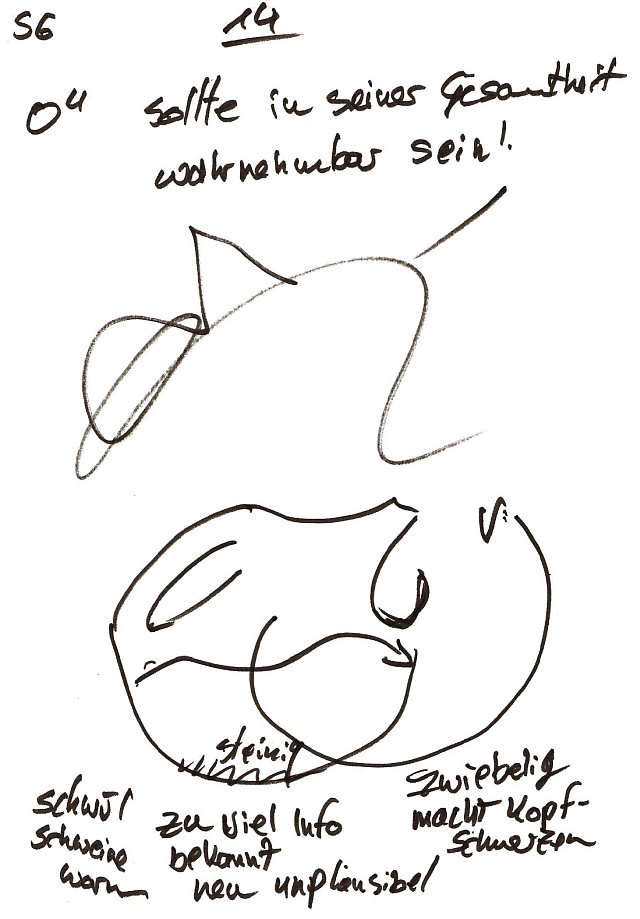
Leave a Reply